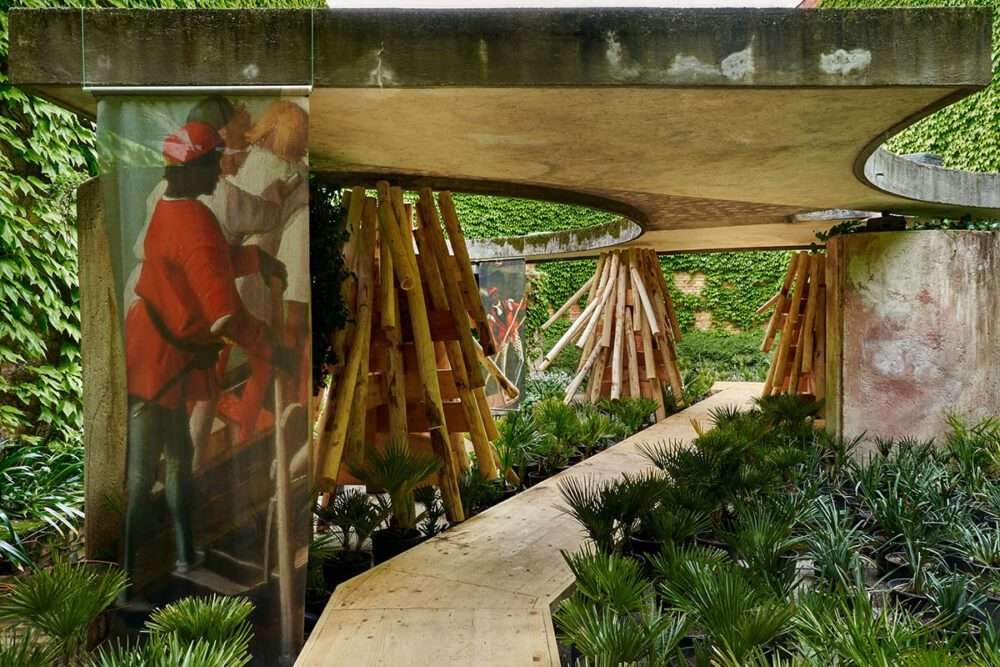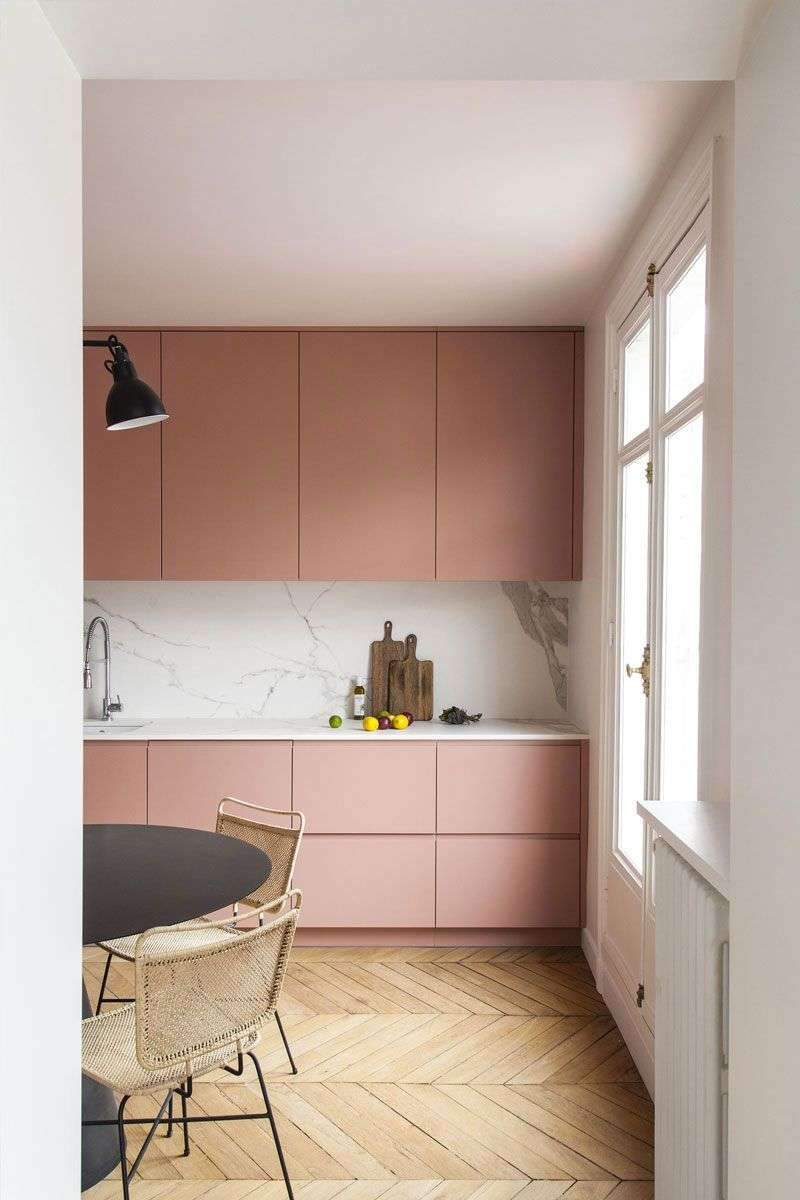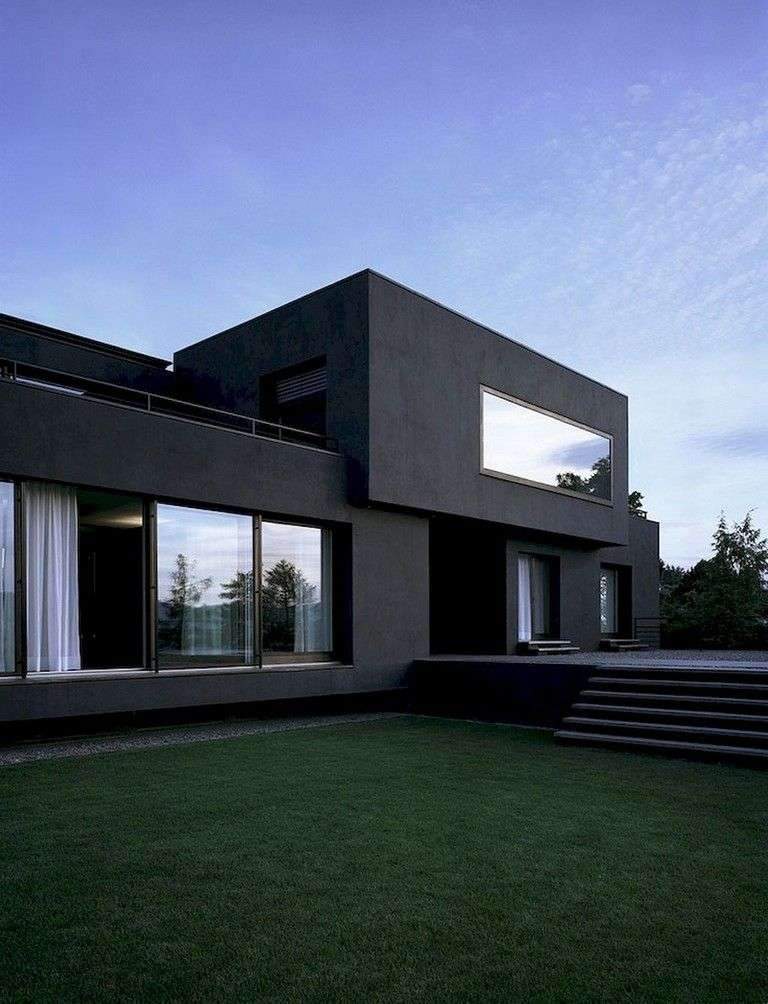Translating basket-making into architecture at the Venice Biennale,
Oakland-based studio Hood Design immerses itself in the original landscapes of Phillips.
It is a former plantation site in South Carolina, United States.
To translate the past and history of the basket-making process into architecture at this year’s Venice Architecture Biennale.
The exhibition, titled Native(s) Lifeways, located in Giardini, presents
As part of Force Majeure in the central pavilion that forms one of six shows at the Venice Architecture Biennale.
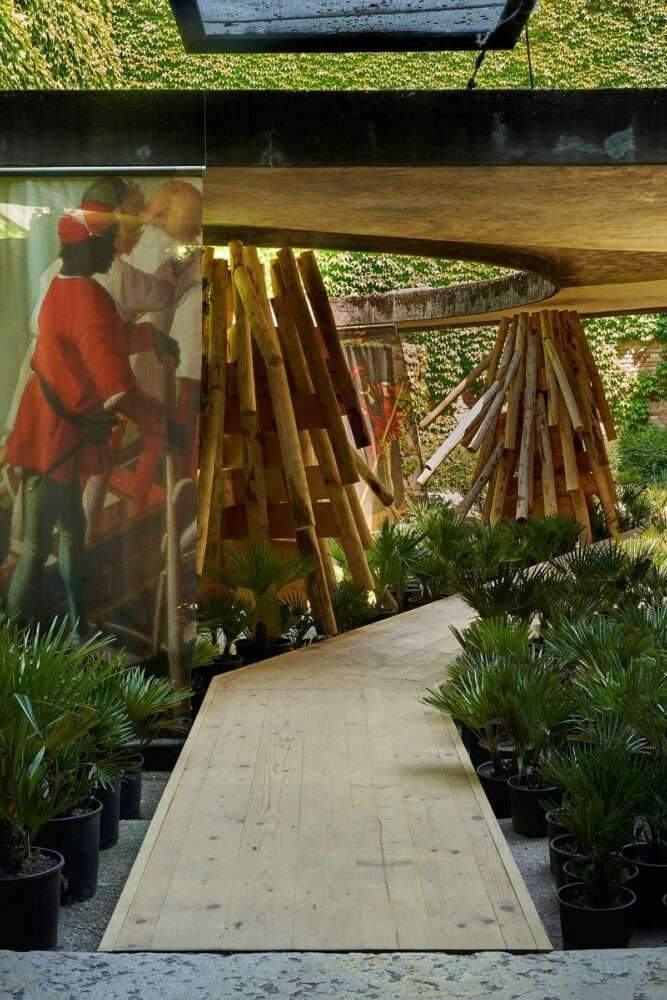
Authentic Lifeways considers the art and archeology of the Lowcountry tradition of Sweetgrass basket making adopted with a proprietary technique originating in West Africa.
The exhibition spread to Scarpa Park, where techniques were developed with wooden logs wrapped around columns.
Giving an artistic look akin to the “Arts Life Path” in Wet Creek at Phillips.
The exhibition displays drawings, posters, and one-to-one scale models,
showing how these local cultural landscapes foster dialectic between Gullah Geechee slaves,
Farms, Carolina Gold Rice, Sweetgrass Baskets, and Africa.
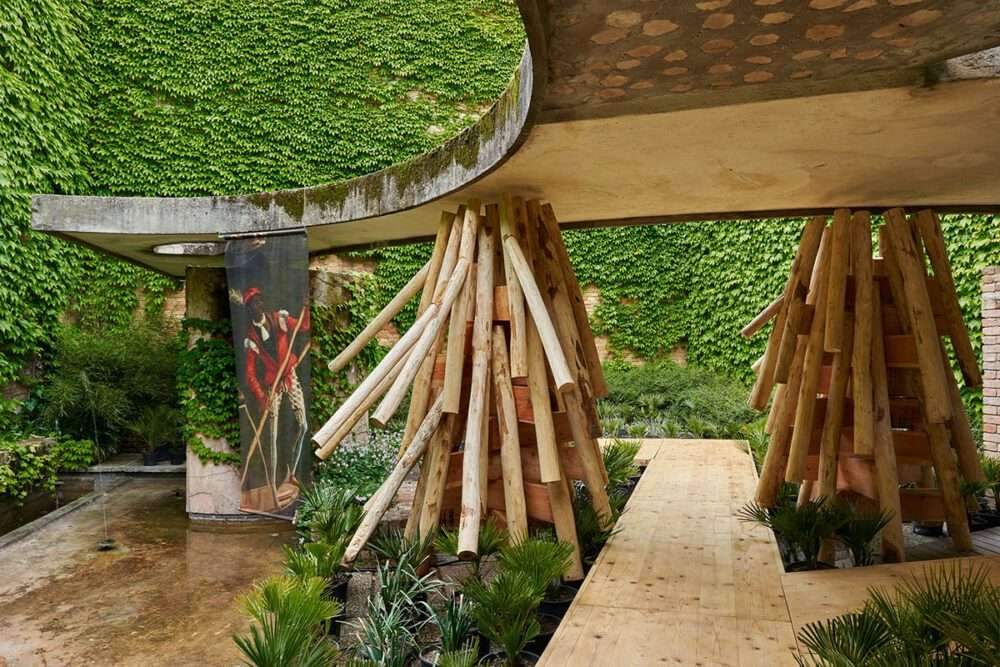
Design features
“Erasure Threatens Black Cultural Landscapes in Charleston, South Carolina, and the Lowcountry,”
As mentioned in the project description.
Wetland development and declining rural land tenure threaten these ‘indigenous’ cultural landscapes.
Which extends 12,000 square miles from North Carolina to Florida,
leading to the formation of a controversy between slaves Gullah Geechee,
Farms, Carolina Gold Rice, Sweetgrass Baskets, and Africa.
The studio added: “Sloped from the neighboring agricultural landscape,
The 1,000-acre rural farming settlement of Phillips is today a modest residential community along Historic Route 1.”
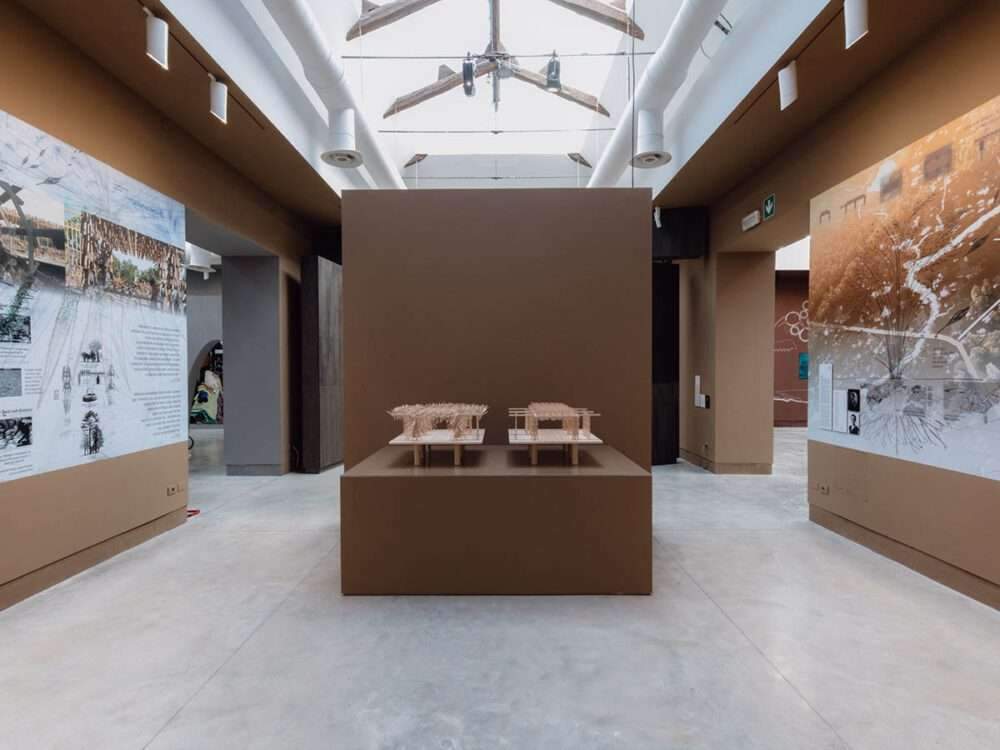
The studio calls this scene “overgrown” because it’s still far from a small patch of cultivated land.
Filled with local flowers such as pines, oaks and palms.
According to the studio, the show suggests that “Phillips could be reborn”.
“It revisits the word ‘native’, and explores an alternative vocabulary
for critical reflection on new hybrid configurations of indigenous and alien landscapes.”
“The flora of the world, colonized along with the diaspora of human invasion,
calls into question the very notion of ‘natives’.

However, although the place is no longer defined, and the “pristine” is outdated,
there is still a predilection for the “natives”.
Colonized peoples – occupied, vulnerable, marginalized – are classified in this way.
Today, in the controlled natural environments in which we live,
there is a call for a fantasy origin: the native plant.”
“We live in a hybrid world where people and plants are continuous strangers to new lands.
Environments are already changing, in a constant state of evolution.”

